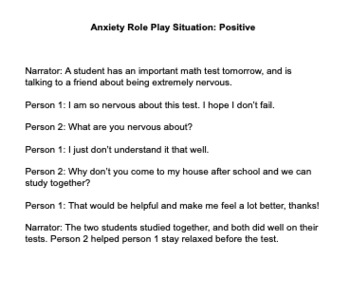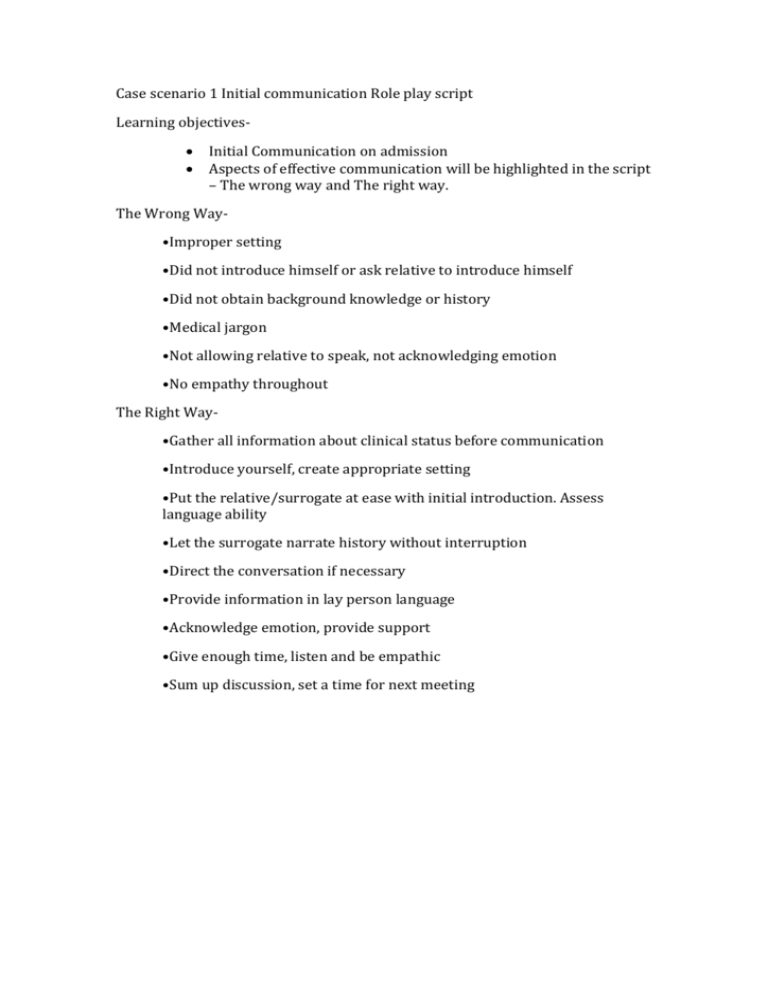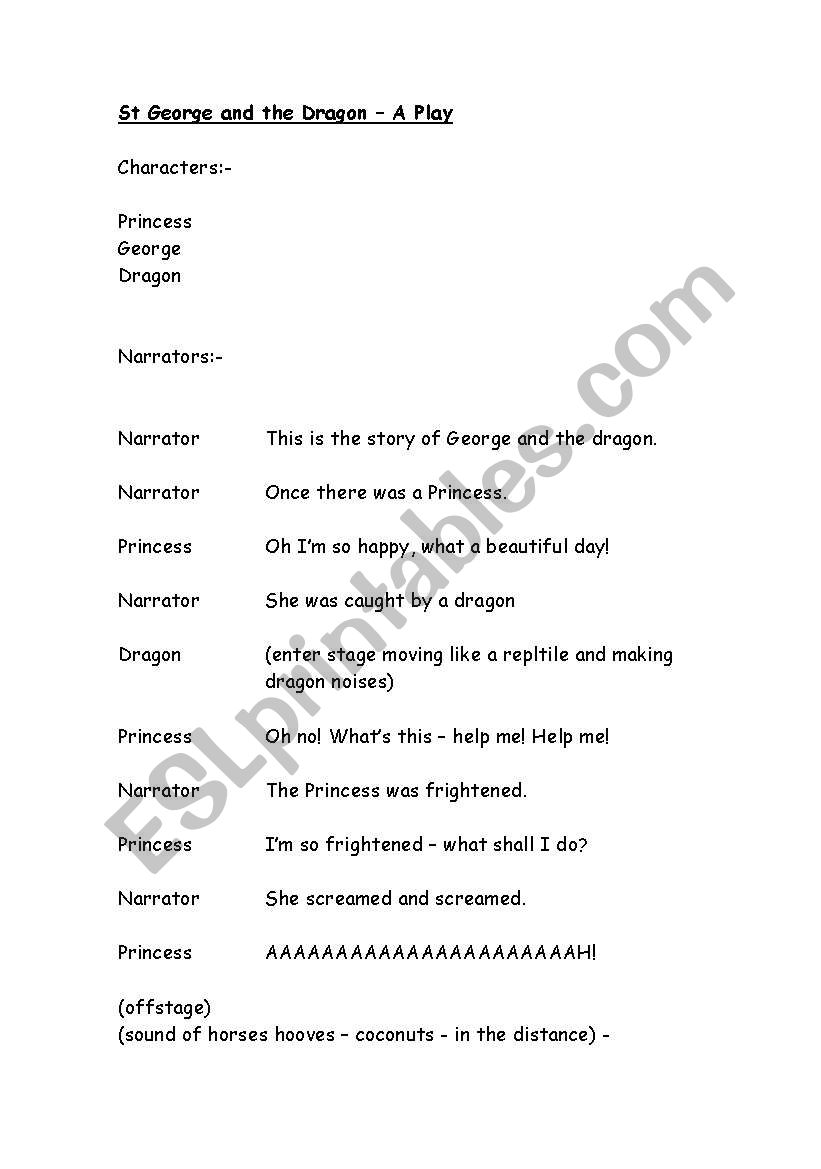

Role play scripts professional#
During this step, the professional counselor can interrupt the client in order to show the client what she is doing that contributes to her disturbance. The client should begin with the scenes that are the least difficult and gradually move on to those that are more difficult.

The analysis often occurs in a follow-up session because the client is typically emotionally aroused at the end of the role play. In the sharing and analysis phase, the professional counselor and group members (if performed in a group setting) share what they experienced during the role play. The professional counselor also has to guide the client from reality to the imagined situation and back to reality. In the action phase, the professional counselor helps the client set the scene by going over the details of the situation. The warm-up activity can either be performed mentally or physically. The goal of the warm-up phase is to encourage the client to become connected with the situation, including the related emotions that will be reenacted. There is a debate about splitting the third phase and thus having four phases. The three phases in a role play include warm-up, action, and sharing and analysis. The counselor then expresses the client’s unexpressed thoughts or feelings. The last element, doubling, leads to increased awareness on the part of the client and occurs when the professional counselor or another group member stands behind the client while the client is acting out the scene. Professional counselors can learn more about their clients, including their irrational beliefs, through the soliloquy. The soliloquy, the third aspect, is another term that professional counselors must know it is a speech in which the client expresses her private thoughts and associated feelings.

The next element, the stage, is space with simple props that can provide a realistic experience ( M. This is a necessary part of the role play because the client will sometimes switch roles and play the part of another individual involved in the situation. The first element is called the encounter, which in this situation means being able to understand the perspective of another person.
Role play scripts how to#
How to Implement the Role Play Techniqueīefore implementing this technique, it is helpful for professional counselors to understand the four elements and three phases found within role plays. Role plays occur in the present, not the past or the future it is common to begin with scenes that are easier to reenact and to work progressively toward scenes that are more complex.

The person then receives feedback from the professional counselor or from group members when the role play is instituted in a group-work context. In most role plays, a person reenacts herself, another person, a set of circumstances surrounding a situation, or her own reactions. Hackney and Cormier des-cribed four aspects commonly found in role plays. Moreno’s psychodrama process involved three facets: (1) warm up, (2) enactment, and (3) reenactment. Role play is a blend of “Salter’s conditioned reflex therapy, Moreno’s psychodrama technique, and Kelly’s fixed-role therapy” ( Hackney & Cormier, 2012, p. Within a role play, clients can perform a decided-upon behavior in a safe, risk-free environment. “Role play is a technique used by counselors of different theoretical orientations with clients who need to develop a deeper understanding of, or change within, themselves ( James & Gilliland, 2003).


 0 kommentar(er)
0 kommentar(er)
